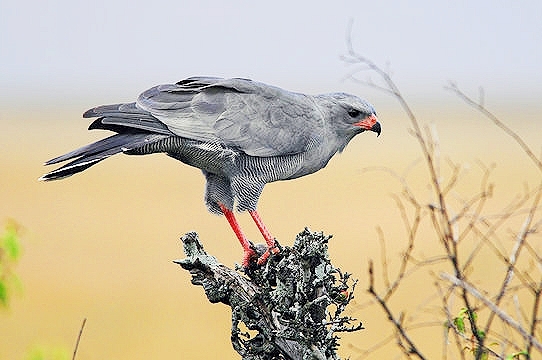ERROR : Server Busy(-1105)
ERROR : Server Busy(-1105)
Lizard buzzard (Kaupifalco monogrammicus)
Little is known of the general habits of the lizard buzzard (Kaupifalco monogrammicus) who inhabit savanna woodland, perching in a tree or under cover. The destruction of woodland is the main contributing factor to their demise, although they are not a threatened species. |

